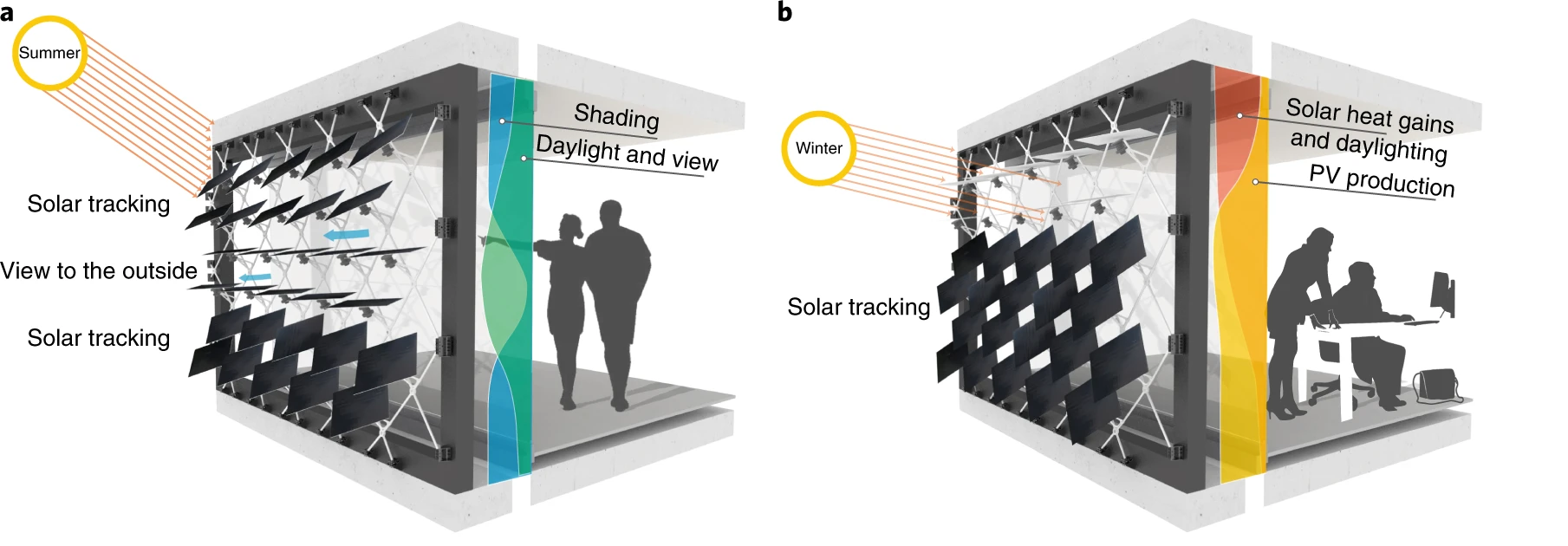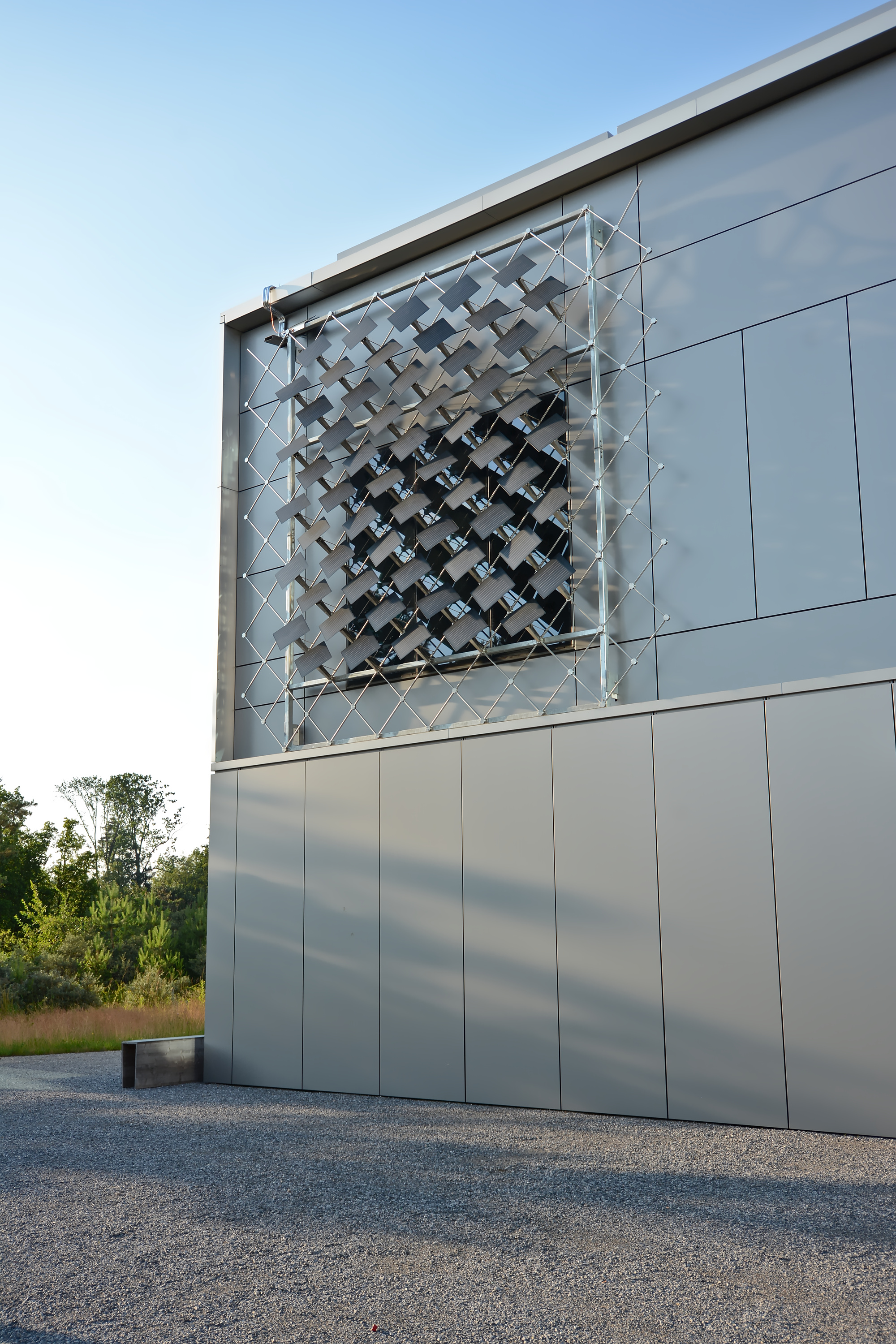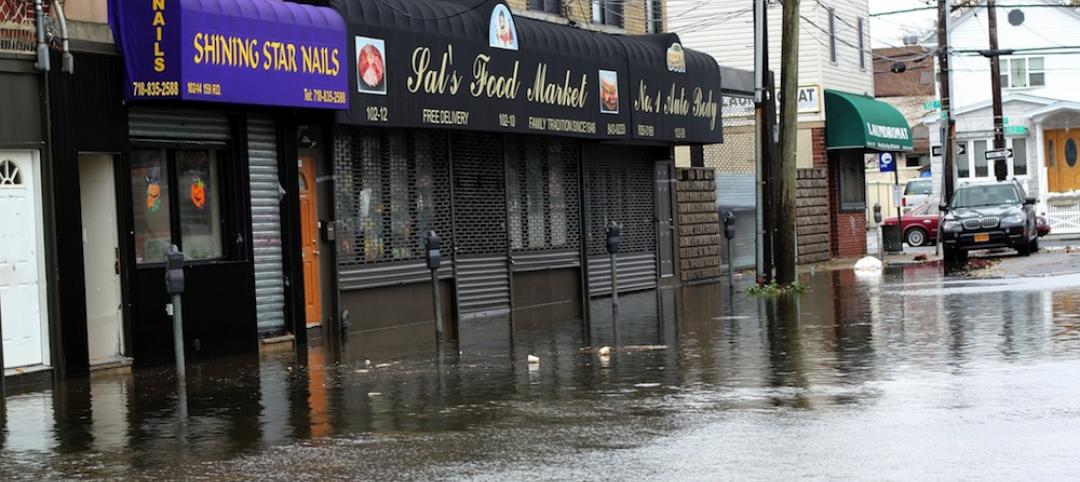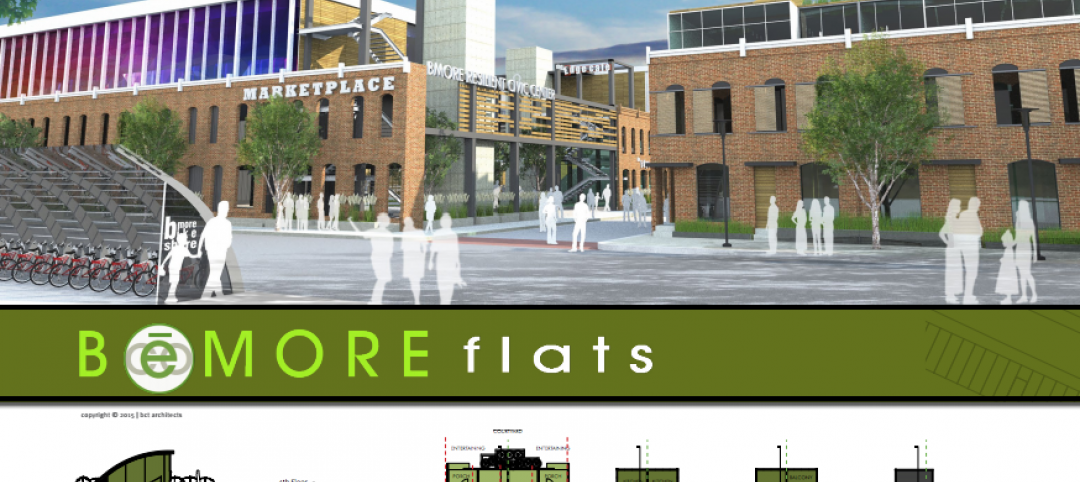A Swiss startup, Zurich Soft Robotics, has devised a photovoltaic façade that tracks and moves with the sun. The company calls Solskin the first commercially available intelligent climate-adaptive building envelope.
Developed by architects and robotics researchers at Swiss research university ETH Zurich, the Solskin hardware comprises adjustable photovoltaic modules that serve a dual purpose: producing renewable electricity while also shading the interior.
The PV modules are mounted on a modular structure that includes all the wiring. The dynamic, lightweight system can be used on both new buildings and façade renovations. Through testing, the team also has confirmed the system’s extreme weather resistance.
When placed in front of a building’s windows, Solskin can reduce building energy consumption by up to 80%, according to ETH research. The solar-tracking modules produce up to 40% more electricity than comparable façade systems. In some cases, such as a south-facing glazed office space in Zurich, the Solskin system can cover the building’s entire energy consumption.
Zurich Soft Robotics’ recent innovation, Solskin AI, makes the system even smarter by leveraging predictive self-learning algorithms. With Solskin AI, the system can control the position of the solar modules in real time—achieving optimal energy efficiency and ensuring the comfort of occupants behind the Solskin facades. The use of AI helps address user preferences, weather conditions, and energy consumption.
Solskin’s moving elements constantly adapt to the environment, leading to increased comfort and reduced energy consumption—which will become increasingly critical with climate change.
All Solskin systems will have continuous AI updates, ensuring the energy-efficient, intelligent building envelopes are always up to date, with a focus on longevity and sustainability.

Related Stories
Smart Buildings | Oct 1, 2020
Smart buildings stand on good data
The coming disruption of owning and operating a building and how to stay ahead through BIM.
AEC Tech | Jan 16, 2020
EC firms with a clear ‘digital roadmap’ should excel in 2020
Deloitte, in new report, lays out a risk mitigation strategy that relies on tech.
Urban Planning | Oct 20, 2016
Despite troubled development, Masdar City forges ahead
The detailed master plan for Phase 2 of Masdar City has been unveiled by CBT.
Smart Buildings | Feb 10, 2016
100 Resilient Cities to partner with Perkins Eastman
Perkins Eastman joins 100RC group of Platform Partners to offer resilience-building services to member cities.
Industry Research | Feb 8, 2016
Changing of the guard: Big cities giving way to newer, less expensive offerings
U-Haul truck rental costs are a good early predictor of migration trends in the U.S.
Resiliency | Jan 29, 2016
Section of New Orleans will try new approach to flood control
The city will turn to a retain and control storm water strategy.
BIM and Information Technology | Jan 27, 2016
Seeing double: Dassault Systèmes creating Virtual Singapore that mirrors the real world
The virtual city will be used to help predict the outcomes of and possible issues with various scenarios.
Smart Buildings | Dec 15, 2015
Property owners and developers challenge FEMA floodplain maps
Agency said to be open to revision requests.
Smart Buildings | Dec 7, 2015
AIA Baltimore holds rowhouse redesign competition
Teams competed to provide the best social and environmental design solutions for the city’s existing rowhouse stock.
Smart Buildings | Dec 1, 2015
LEED Steering Committee approves resiliency pilot credits
Three credits address planning, design, and survivability.














